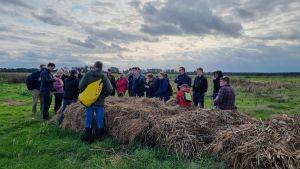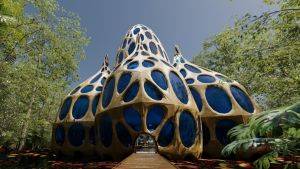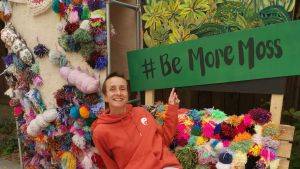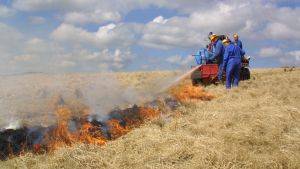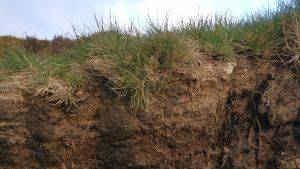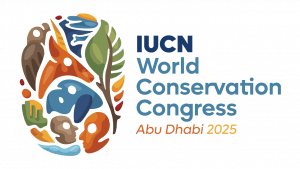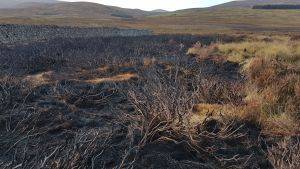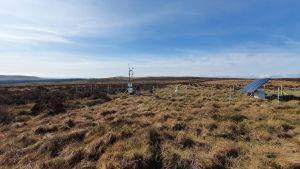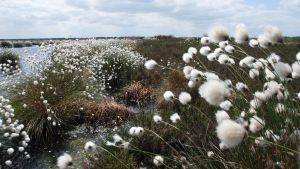In ‘Peatlands: A Journey Between Land and Water’, Alys Fowler travels across the UK and Ireland, detailing visits to peatland ecosystems in the Pennines, the Wicklow Mountains, the Flow Country and, most often, the bog closest to her home and heart —Cors Fochno, just north of Aberystwyth on the mid-Wales coast. Each visit is accompanied with details about the people involved in protecting and conserving the places Fowler visits, bringing further life to the story.
The book is very much informed by science, covering lots of information in a relatively short amount of space. Fowler details the many hours spent immersed in the scientific literature of peatlands, attending scientific meetings (including the IUCN UK Peatlands Programme conference in Aberystwyth), conversations with peatland experts and even a working holiday in the Flow Country. Fowler’s distinguished career as a gardener and long-running campaigner against the use of horticultural peat further informs and influences the book.
Peatlands is split into three parts, subtly shifting from explanations of the ecosystem’s classification and formation, through to historic uses and connections to human society, to a more thought-provoking finale on the future of peatlands.
The book details the many uses and stressors of peatlands, including extraction of horticultural peat, draining for agriculture, moorland burning, conifer plantations and atmospheric pollution. Each is explained succinctly and in a measured way. A more thorough critique of historical and current government policy could have lent the book more weight, though would have resulted in a much denser read. The book is arguably at its strongest when exploring historic, cultural connections to bogs and peat, such as the explanations of ‘bog bodies’ as more than mere accidental graves and the use of ‘bog iron’ over millennia, from Viking swords to the present day. The final section explores the future of peatland restoration, considering the contradictions and complexities of different approaches, though ultimately with the message that these precious ecosystems need conserving and that funding needs to vastly increase.
The writing style can, at times, make Peatlands feel like one has accidentally glanced at a diary entry or listened into a private, intimate conversation between Fowler and the anthropomorphised peatlands visited throughout the course of the book. Fowler’s love and deep connection to bogs is evident — “I learnt how to peel back the layers and hear the bog’s song...I revere their complexity... I’ve found a kind of faith in them”.
Peatlands ends with a quiet call to action for the reader simply to visit a bog, take time to observe it and, from there, recognise its intrinsic worth. It’s not quite the loud rallying cry that some more overtly political popular nature books take, but, as Fowler alludes to in the closing paragraphs, perhaps this type of quiet respect is more in keeping with peatlands’ character. If this book, and associated media coverage, catalyses greater public connection to and respect for peatlands, then this is a welcome approach.
Euan Casey, Peatland Code Officer, IUCN UK Peatland Programme


